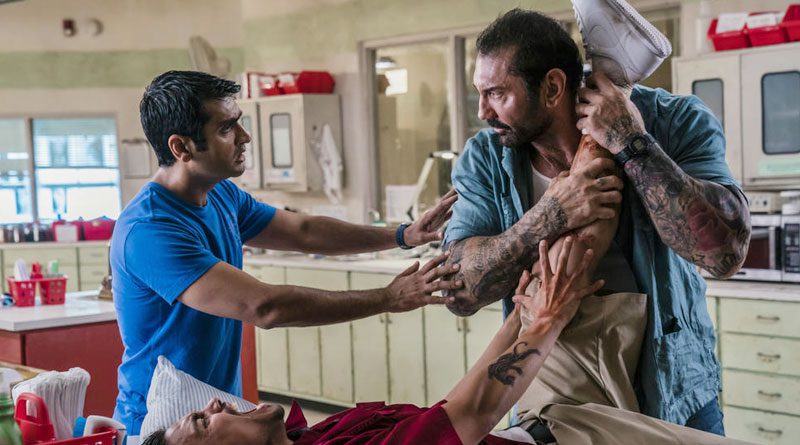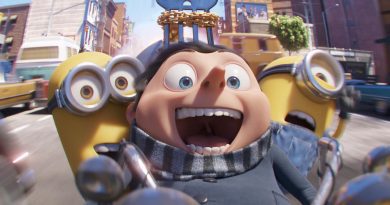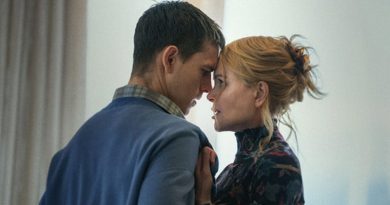Stuber (2019) Review
There’s no denying that buddy-movie genre has been done to death. And yet, Hollywood keeps churning these like-minded action comedies every now and then, which can be evidently seen in this month’s Fast & Furious: Hobbs & Shaw. But unlike that otherwise action-packed movie which failed to establish the buddy-movie chemistry between Dwayne Johnson and Jason Statham, Stuber does a good job in pairing Dave Bautista and Kumail Nanjiani as two mismatched partners with significantly different personalities.
The plot itself is basically a standard buddy-movie formula you would normally see in the 90s era, with the exception that it involves an Uber ride. Dave Bautista plays Vic Manning, a hard-boiled Los Angeles detective determined to track down the wanted criminal Teijo (Iko Uwais), who is responsible for killing his partner. But on the day Vic just had a laser eye surgery, he receives a reliable lead about Teijo’s next drug deal. Since he has yet to completely regain his eyesight and unable to drive on his own, he soon forces an Uber driver named Stu (Kumail Nanjiani) to chauffeur him over the course of a terribly rough day.
As mentioned earlier, what makes Stuber works is the excellent pair-up between Bautista and Nanjiani, with Bautista’s tough-guy straight man role makes a perfect foil to Nanjiani’s timid-looking everyman.

Canadian director Michael Dowse, best known for his work in Seann William Scott-starred 2011 sports comedy Goon, doesn’t really add anything new to the well-worn buddy genre. Stuber is pretty much a clichéd-ridden action-comedy through and through, with screenwriter Tripper Clancy mined every buddy-movie formula of the 80s and 90s right down to an obligatory scene where Bautista’s Vic and Nanjiani’s Stu end up fighting against each other. But at least Dowse manages to make decent use of his otherwise formulaic buddy-movie approach fairly entertaining in most parts of the movie.
As for the action sequences, Dowse’s penchant of shooting most of them with lots of tight close-ups and epilepsy-inducing camera work jerk is downright frustrating to watch. This also botches the potential of having Iko Uwais on board as the movie’s main antagonist, where all of his fight scenes are messily put together. The only exception that Dowse does it right is the shootout moment in the veterinary hospital scored to The Hollies’ “The Air That I Breathe” — a particular set-piece that would be much appreciated if he shoots the same way for the rest of the action scenes.





